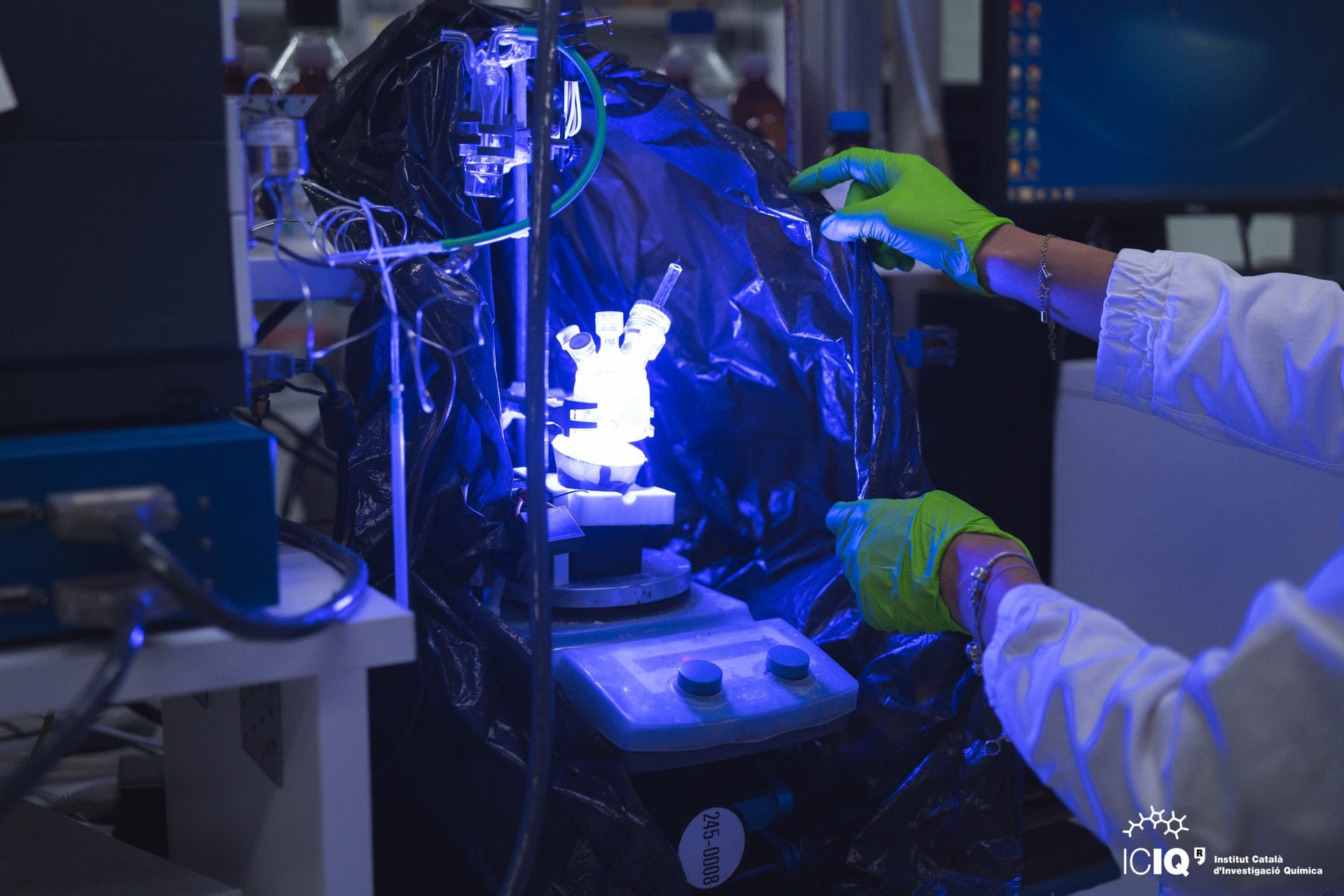ESDuCAPS
Engineering Selective and Durable Catalysts for Artificial Photosynthesis towards Sustainable Chemistry Production
Project description
The objective of ESDuCAPS entails research and development on artificial photosynthesis (AP) to bring a new era of sustainability in chemical production.
The concept behind AP is to use renewable energy sources, such as sunlight, to drive chemical reactions and produce fuels and chemicals with non-critical and earth-abundant elements. However, for AP to reach its full potential, further research is necessary to understand and optimize the reactivity, energy efficiency (low overpotentials), and activity (TOF) and develop durable and selective catalysts for redox processes. To achieve this goal, the study proposes the following research to be accomplished: During the project, we will improve the reduction of the CO2 reduction reaction (CO2RR) by mastering low-valent intermediates and using coordination complexes or covalent organic frameworks (COFs) to stabilize reactive intermediates, which will be key for new generations of catalysts for CO2RR through rational design that modulates transition states to control secondary sphere interactions.
We will also confront new challenges like reducing CO2 at atmospheric concentration using strongly reducing catalysts, which could be more energetically favourable than stepwise CO2 capture and transformation. We will also engage in the development of new heterogeneous catalysts. Then, ESDuCAPS aims to improve the stability and selectivity of catalysts through multifunctional COFs, which can tune reactivity, conductivity, and traffic of products and reagents. An essential aspect towards industrialization is the fabrication speed and cost. In this regard, catalysts through in-situ combustion synthesis present these advantages, including a high catalytic activity. Therefore, we will develop and study catalysts for OER using in-situ combustion synthesis, with the aim to work together with the CO2RR, working at its pH values. Regarding renewable chemicals, the direct use CO2 as a synthon of CO and HCOH in the synthetic methodology of polymers and polyols (materials and food) through electrocatalysis is expected to be a breakthrough towards negative emissions of CO2 and sustainability.
Then, reduction chemistry can also be developed in the context of AP, like activating strong C-X bonds to produce organic transformations using low-valent metal complexes to make C-C and added-value molecules. Finally, the oxidation and reduction reaction must be combined after being separately optimized into functional electrocatalytic cells for AP implementation. Photo(electro)chemical flow cells will be set up with the best OER and reduction catalysts for different transformations to use water and renewable energy as a source of reductive equivalents. Therefore, ESDuCAPS targets the main challenges in the production of renewable fuels and chemicals from atmospheric gases, including improving energy efficiency, enhancing stability and selectivity, minimizing the use of critical elements, developing in-situ combustion synthesis for fast and low-cost fabrication of catalysts, enhancing the reactivity of low-valent metal complexes, and combining different parts into functional electrocatalytic cells. Ultimately, this study hopes to contribute to a better understanding of catalytic processes and progress towards a more sustainable chemical production process.

Proyecto PID2022-140142OB-I00 financiado por MCIN/AEI/10.13039/501100011033/ FEDER, UE
-
Reference: PID2022-140142OB-I00
-
Call identifier: Proyectos Generación Conocimiento 2022
-
Timeline
01/09/2023 - 31/08/2026
-
ICIQ's Budget
281,250 € -
Principal Investigator
Prof. Julio Lloret-Fillol
-
Financing Agent / Programme
Ministerio de Ciencia, Innovación y Universidades, Proyectos Generación de Conocimiento

Let's create a brighter future
Join our team to work with renowned researchers, tackle groundbreaking
projects and contribute to meaningful scientific advancements














